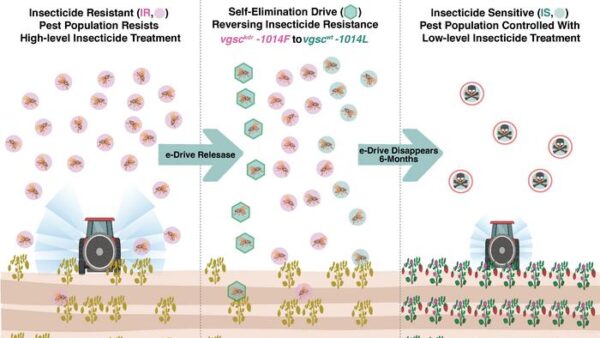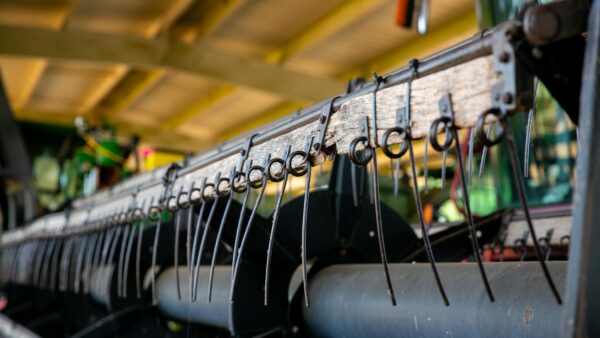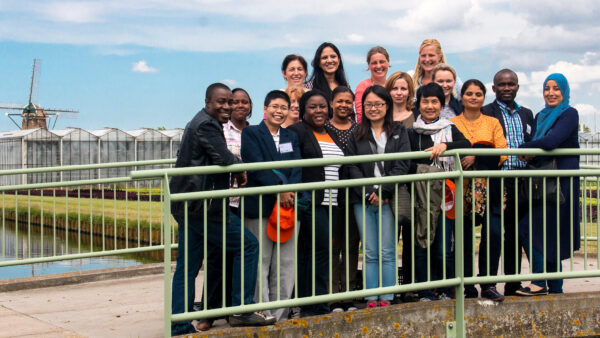The first international standard for seed movement has finally been approved and adopted by the North American Plant Protection Organization. Referred to as Regional Standard for Phytosanitary Measures 36 and titled Guidelines for the Movement of Seed, this standard lays out criteria for the movement of seed into, from, and among NAPPO member countries and for procedures to facilitate re-exportation of seed. The NAPPO member countries are Canada, Mexico and the United States.
Work on this standard began in 2009 by a NAPPO seed panel that consisted of members from the national plant protection offices and ex officio industry representatives from the three countries. I served on this panel as the U.S. industry representative.
This standard outlines the general phytosanitary requirements for a NPPO of the country of origin to follow for moving seed internationally, including seed for re-export, into, from, and among NAPPO member countries. These general requirements include how to properly document country of origin and guidelines for including additional official phytosanitary information on a phytosanitary certificate that will assist NPPOs in the issuance of phytosanitary certificates for re-export. In addition, these general requirements address pest risk assessment and pest risk mitigation by including criteria for determining: 1) if seed is a pathway for the potential introduction of regulated pests; and 2) if plant pathogens are known to be seed borne or seed transmitted.
Seed certification, testing and diagnostic protocols for particular seed pests are recommended under the standard. It also provides guidelines for obscured and restricted/prohibited seed. Technical appendices and an annex are included to identify specific recommended protocols for seed pests, as well as phytosanitary treatment options for specific seed pests.
At present, the annex and appendices include information only for a few pests of concern to the NAPPO region. A NAPPO expert working group will be established to develop information on additional pests of concern.
This standard is the first step in helping to resolve phytosanitary barriers to the international movement of seed. As the annex and appendices are populated with more information on seed borne and transmitted pathogens, testing methods and treatments, this standard will become more useful both to the seed industry and to the international regulatory community.
The International Plant Protection Commission, which is the body responsible for establishing international phytosanitary standards, meets annually in Rome. I have been attending these meetings for the past several years as part of an International Seed Federation delegation to advocate for the development and adoption of an international standard (ISPM) for seed movement. In prior years, ASTA’s participation in IPPC meetings helped ensure that seed considerations were incorporated into revisions of standards that govern phytosanitary certification (ISPMs 7 and 12). However, even with significant revisions, current standards do not adequately resolve seed phytosanitary issues, many of which are unique to this industry.
The IPPC recently made the decision to develop a global seed phytosanitary standard. An expert working group has been formed and work on this standard will begin this summer.
Without the consistent presence of the seed industry at this meeting, IPPC’s commitment to this standard would have likely weakened due to a perceived lack of interest and support coupled with intense competition for limited FAO resources.
At this year’s IPPC annual meeting, the ISF delegation had the opportunity to meet with the EWG’s steward to determine how the seed industry can assist in the development of the standard. The EWG also has an ex officio member from the seed industry.
The global seed industry has organized itself by establishing an ISF ad hoc working group to develop information on seed industry quality management practices, seed testing methods, treatments and information on specific seed pests of concern that should significantly help the EWG. In addition, NAPPO has provided the EWG its new regional standard for use as a model.
The new NAPPO standard will be extremely useful to the EWG in the development of the global standard. Now that the process has begun, it will take at least three years to develop and to get the standard adopted by the IPPC. Once adopted, the 178 IPPC member countries will be encouraged to base their phytosanitary import requirements and measures on this standard, which will make international seed trade much smoother and more predictable.
Ric Dunkle, Senior Director for Seed Health and Trade, American Seed Trade Association













